| The men's PGA and women's LPGA have a dedicated following of people that watch from the GOLF network- an entire channel dedicated to 24 hour coverage of actual tournament play and golf shows/tutorials. "But Americans do more than merely watch golf. The National Golf Foundation reported there were 25.4 million adult golfers in the United States in 1999, with more than 17,000 courses, including the 12,000 courses open to the public. Golfers spent $22.2 billion on golf equipment and fees and another $24 billion on travel for golf purposes" (Zuegner). It is no surprise then that these numbers have grown tremendously 14 years later now. | 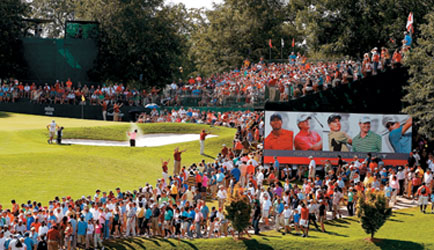 |

 |
The science behind a golf course and the game is extensive. Everything from the crafting of the course including the slopes of the land to the design of golf clubs requires continuous science and updated technology. In today's golf world, it seems that the club technology changes as fast as the player updates their bag. technologies of the golf club position players into believing that they may not be reaching their full talent if their club technology isn't up to par. |
Even more specialized, the commercials strictly sell golf merchandise and
targeted products for men and women of a certain age. Men and women play
fantasy golf that includes betting money, as well as schedule their weeks
around their play rounds with friends or co-workers every week; sometimes every
day. The culture is endless throughout the golf world. The art of the game of
golf includes everything from the course design/setting and location to the
fashion of the golf world.

|

|

|
As much as a golf course has an impact on players, it also affects the
surrounding residential areas. "It is widely recognized that golf course
developments typically embrace a number of other attributes that appeal
to home purchasers which are inextricably linked to the golf development.
These include the status, image, and exclusivity of the development[...]Many
buyers in golf communities are not golfers; rather they appreciate the
aesthetic qualities of the course, the permanent open space, and the perceived
exclusivity of the community" (Nicholls 2004, 39). Once again, this feeling
of exclusivity that individual's value comes from non-golfers as well. Those
who do not play still find a value of status and image that comes along with
living near or on a golf course. Neighborhood developers have absolutely
recognized this lure of golf courses, therefore, "A developer's purpose in
including a golf course in a residential development is primarily to create
a premium on property prices through the provision of this amenity" (Nicholls
2007, 555).
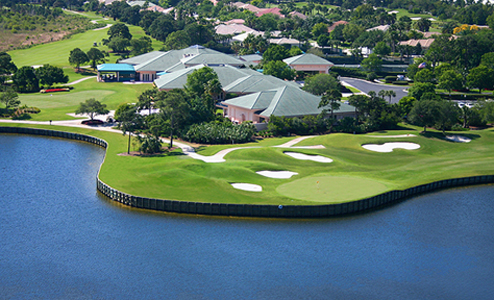
|
Gillian Rose speaks about museums in that "surveillance makes the operation of power 'automatic' by suggesting that the regulation of social behavior in these museums is conducted by as much by the visitors' knowledge that they are being watched by other visitors as it is by more obvious forms of discipline" (Rose, 252). In this case, the players will attempt to conduct themselves to appear to be the "insider" or the "outsider" depending on the success of their movement around the course. This form of institutional apparatus is much like the concept of "panopticon" in which Rose uses Michael Foucault to define. "Never certain of invisibility, each inmate therefore had to behave 'properly' all the time: thus they disciplined themselves and were produced as docile bodies (Rose, 229). 'Hence the major effect of the Panopticon: to induce in the inmate a state of conscious and permanent visibility that assures the automatic functioning of power' (Foucault). Other players want to be respected by the other players on the course; therefore they conduct themselves in the proper golf manner.
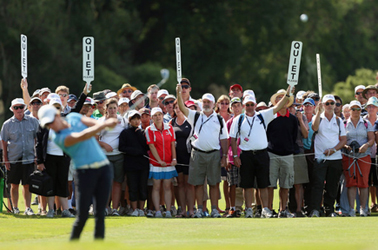
|
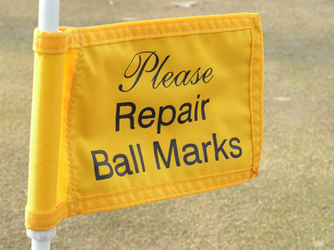
|
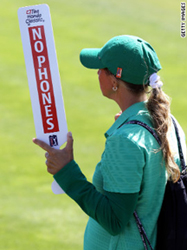
|
Golf courses are classified either as private or public courses, which positions players into feeling a certain exclusivity or not. In a private course such as Willow creek, only members are allowed to play unless the non-member is accompanied with a member. The types of services that come with a private course are much more luxurious, but the price goes along with that, as would be expected. "The director of recreation and parks and the golf director believed that privatization had a positive effect on golf services. The director of recreation and parks stated that the number of rounds played on the golf courses annually increased by 145,000 from prior to privatizing [...]" (Gustafson, 46). Gustafson saw that privatizing truly had a positive impact on courses because many enjoy feeling as though they belong to something exclusive and private.
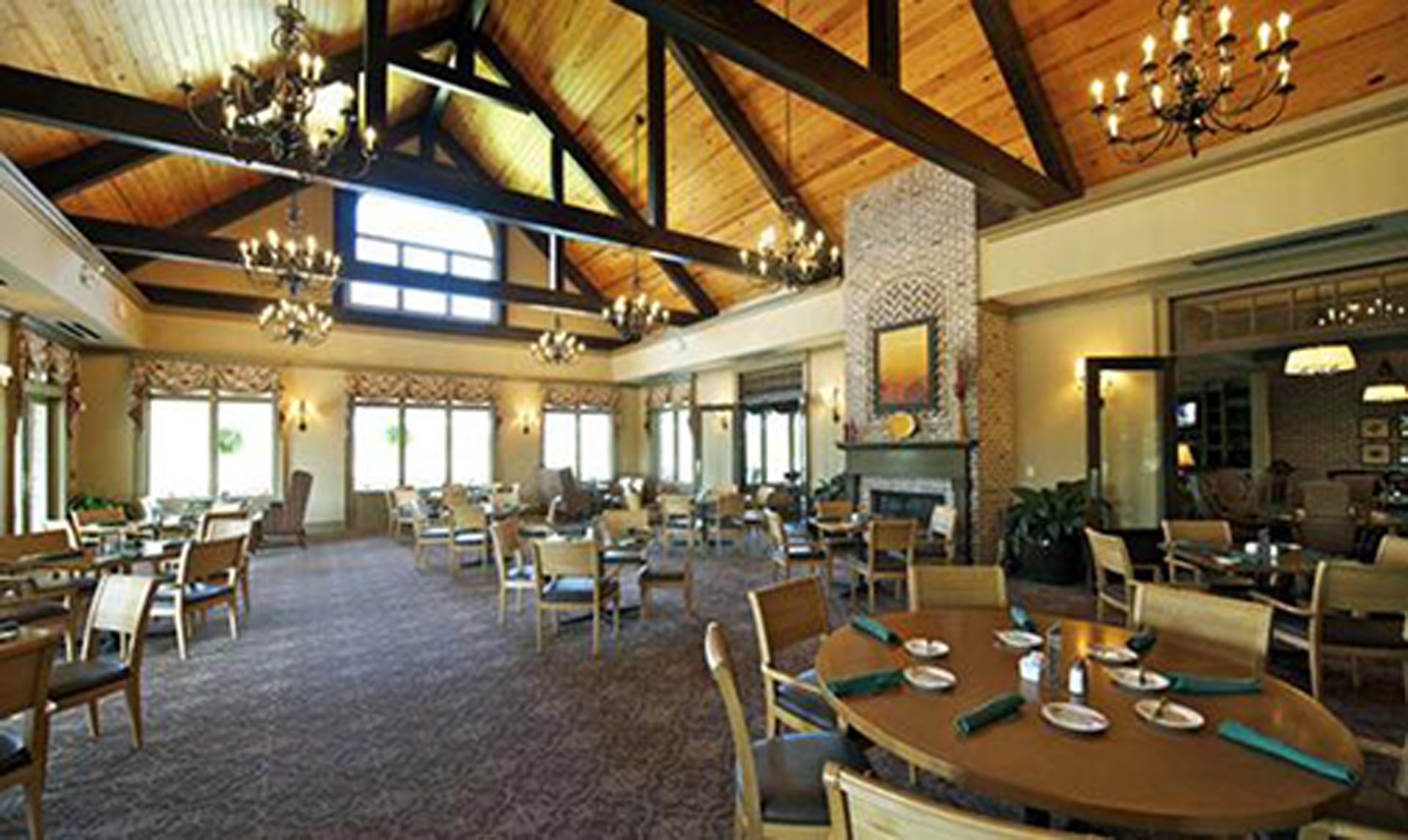
|
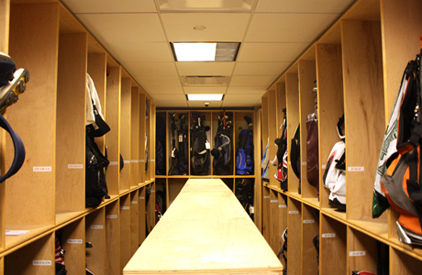
|